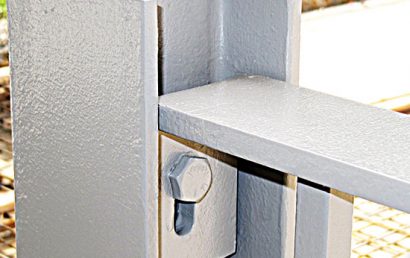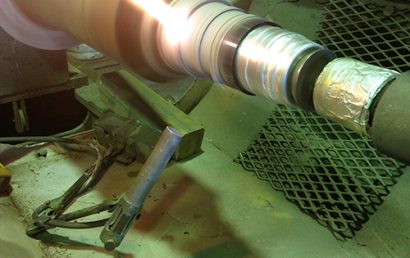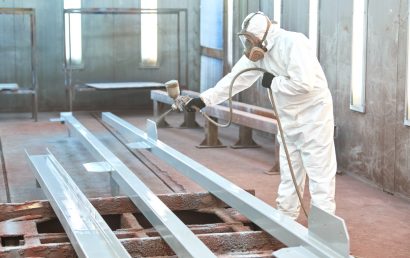Understanding The Pros & Cons Of HVOF Spraying
HVOF stands for High Velocity Oxygen Fuel, and from its name, it is easy to deduce that this thermal spray process has to do with using molten materials (or semi-molten materials) at a high speed on substrates. HVOF coatings can provide many unique coating properties for a wide range of applications across different industries, and that’s why this thermal spray process has become one of the most widely utilized methods to create dense coatings on various types of surfaces.
However, like all things in the world, there are always pros and cons to consider. In this post, you will learn about all the merits of using this process as well as the demerits that it can bring.
Pros of HVOF Spraying
- Harder coatings: Less degradation of carbide phases which translates into higher hardness
- Better wear protection: Because the coatings are tougher, this creates improved wear resistance
- Denser and smoother coatings: Coatings achieved by this process are denser as well as smoother as the impact velocity is higher
- Thicker coatings: HVOF spraying creates lesser residual stress, and this results in thicker coatings
- Strong adhesiveness: The coating is bonded strongly with the substrate
- Better corrosion resistance: Because the coatings are less porous, this creates improved corrosion protection
Overall, HVOF coatings are known for their enhanced quality compared to thermal spray coatings that are achieved through other types of processes.
Cons of HVOF Spraying
- Higher costs: Compared to the electric arc spray process or the flame spray process, HVOF spraying comes with a higher cost since the equipment needed to operate this process are more expensive
- Not ideal for manual operation: For the HVOF spray process, you will need automated manipulation of the spray gun
- Manpower issue: Need dedicated personnel to operate the HVOF spray equipment in order to achieve the best results
- Limitation of applications: HVOF spraying cannot be used for surface engineering of inner surfaces such as the internal surfaces of cylinder-like substrates
- Powder size restrictions: Have to use narrower size distributions
For those who are interested to use this process to create high quality coatings for your substrates, you can explore whether the cons pose a problem for your specific situation. For example, if you need small items that have a cylinder shape to be coated, it is highly likely that HVOF is not suitable for your application. A&A Coatings has been in the industry for over 70 years, and can advise you professionally on what your best options are, and whether HVOF spraying can be beneficial for your needs. Give us a call today or email us to discuss our HVOF spray services.



